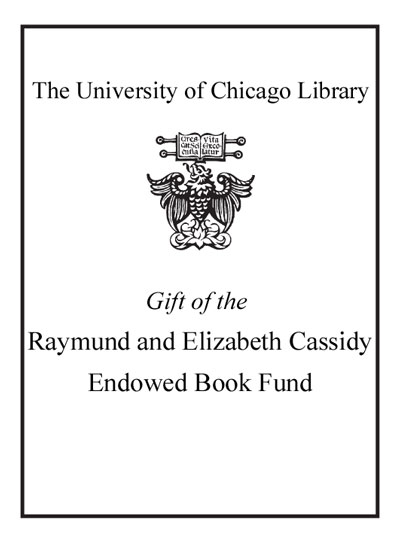Review by Choice Review
A cacophony of noise inundated the streets of Paris for many hundreds of years and became a primary characteristic of that city, according to Boutin (French literature and culture, Florida State Univ.). Street vendors, itinerant musicians, horse-drawn conveyances rattling over cobblestones, and the babble of voices from locals and passersby filled the streets, squares, markets, and bridges with a dissonant concert that amazed visitors. But the noise provided aural diversion for the flaneur, the strolling figure who, in literary sources, describes an impression of acoustics no longer to be heard. In an innovative effort to provide an auditory history of Paris, Boutin mined the works of 19th-century writers, poets, composers, and painters for descriptions of or images evoking the cris de Paris. Not until Baron Haussmann's urban redevelopment of the city from 1853 to 1870 did the presence or absence of noise emphasize each locality's rank in the class hierarchy. The middle-class preference for quiet created restrictions that resulted in the displacement of the noisy commerce of shouting street vendors and buskers. Ultimately, the street musician, the newsboy, and the peddler became sentimental metaphors for the picturesque atmosphere of "old Paris." Summing Up: Recommended. Upper-division undergraduates through faculty. --Ellen J. Jenkins, Arkansas Tech University
Copyright American Library Association, used with permission.
Review by Choice Review

